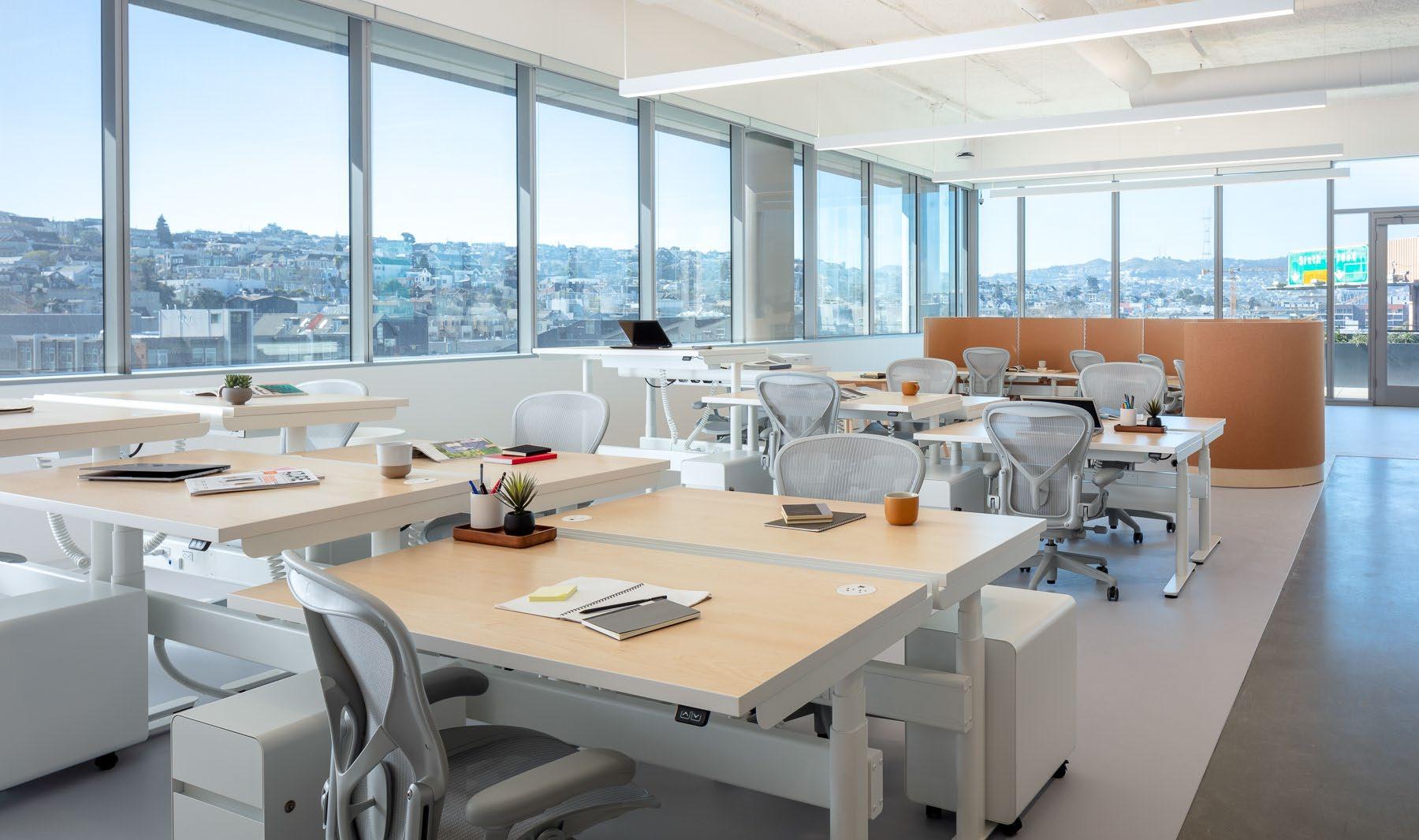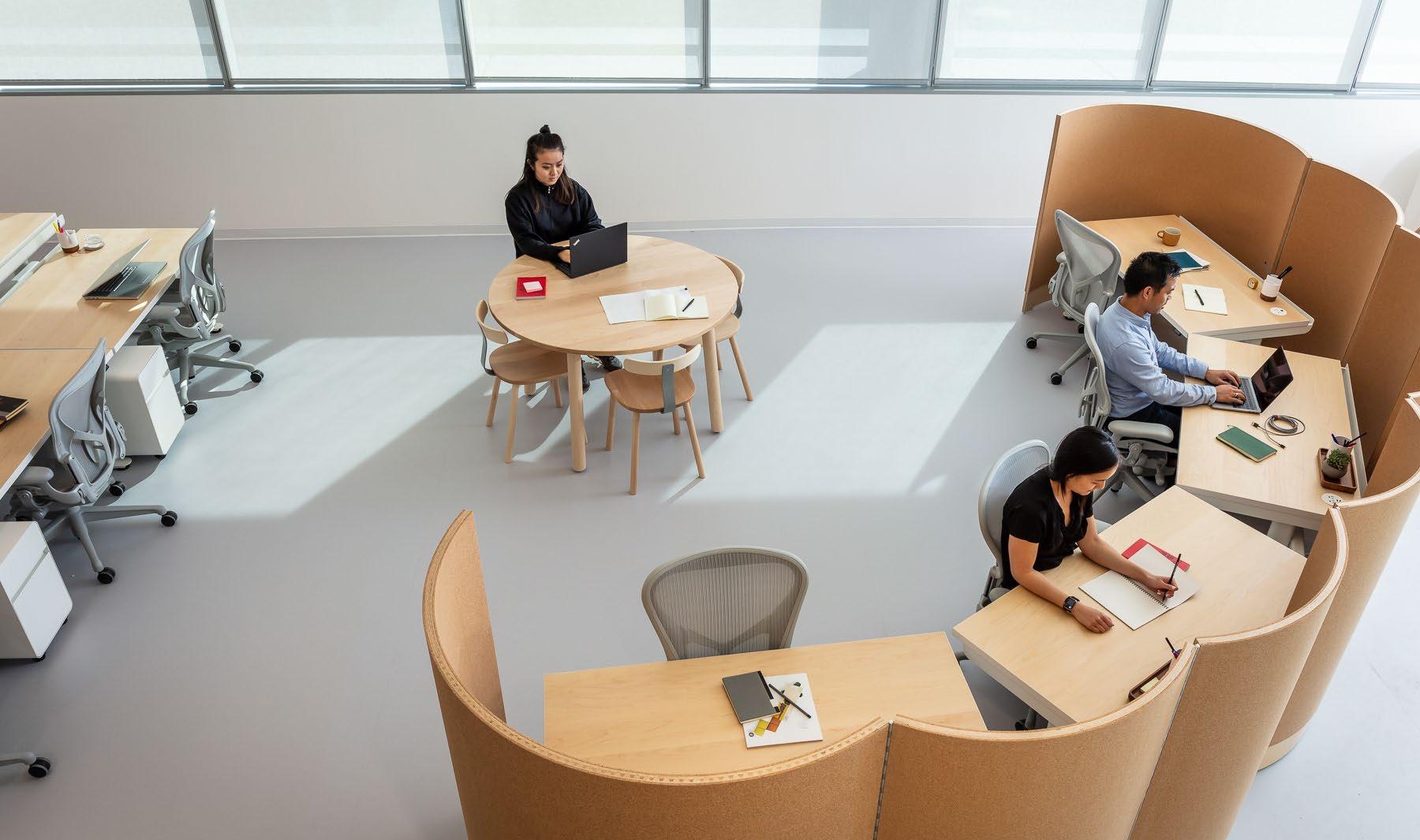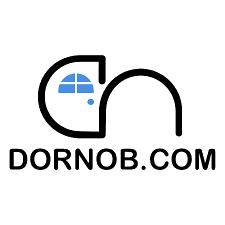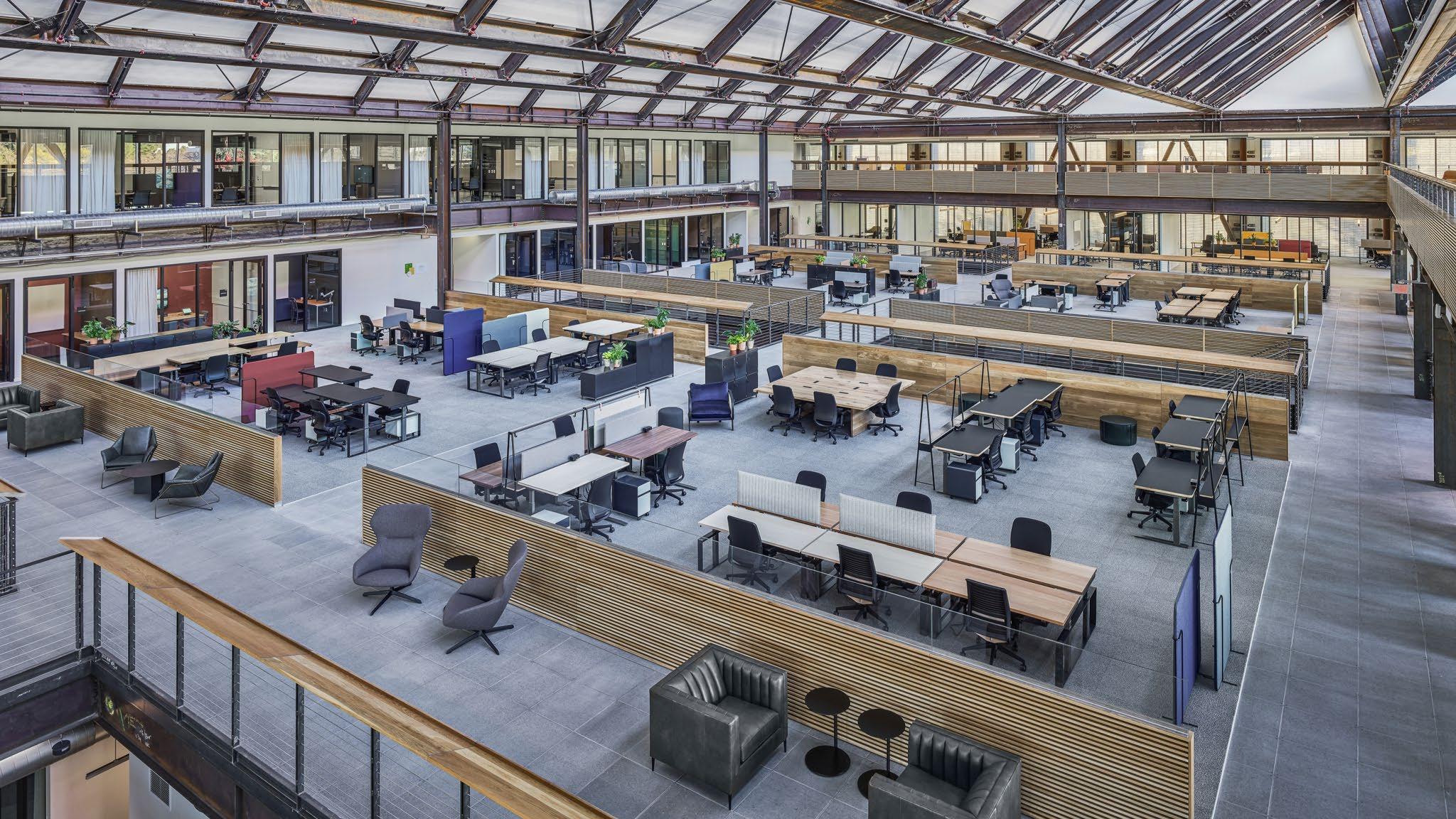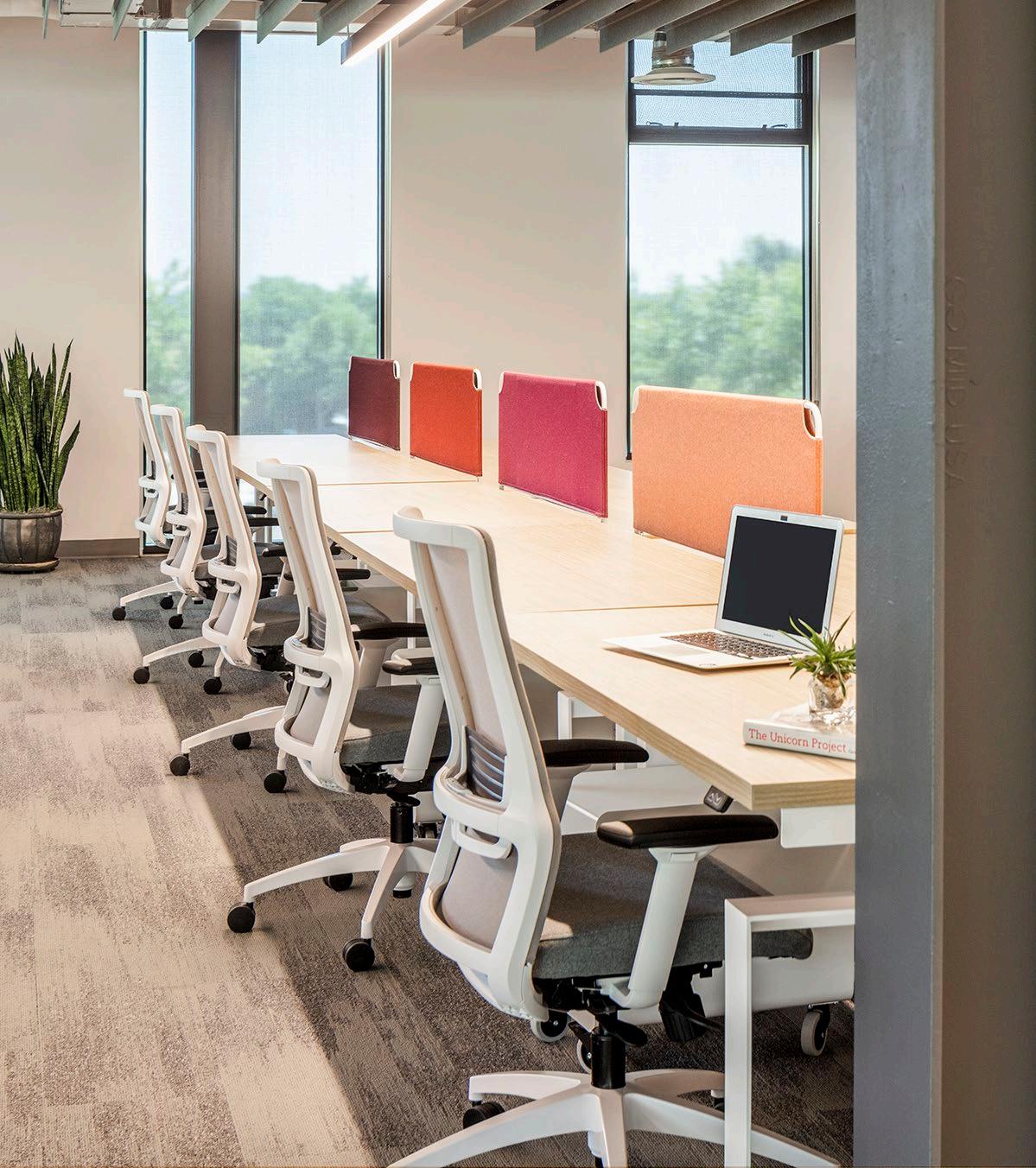
2 minute read
Case Studies
Some of our work
Media Group, 2000 USERS
Advertisement
This project showcases the success of our approach to listen first and design later. The goal was two-fold: to design a product that distributed power and broke up the visual landscape to create neighborhoods for 2,000 users.
There was an emphasis on typology as well as different horizons throughout the space. After a series of renderings, the timing allowed us to prototype the newly designed system. The client was able to review, test, and provide feedback.
The solution solved for immediate needs while also encouraging agile functionality and future usage. The system allows for “work” versus “meeting” sides if desired while inspiring creativity through screens and accessories that can hang from the structure.
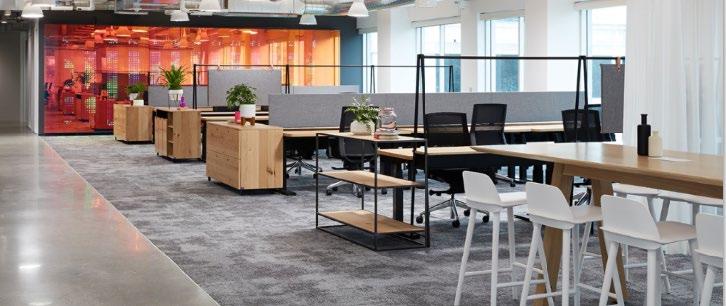
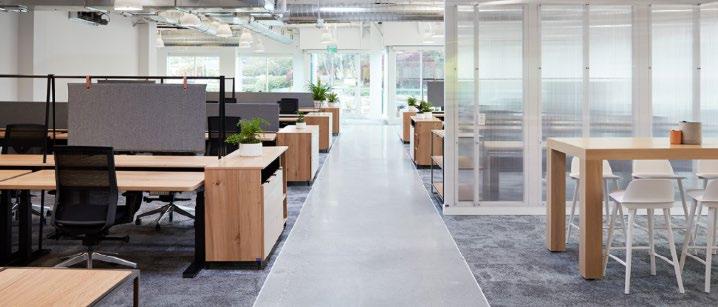
Gaming Manufacturer, 625 USERS
The client tasked us to design and build a custom solution based on an existing platform for 625 users. Our solution needed to accommodate the technology and hardware for the user within their space.
A big part of the co-design with our client has been flying through models in real-time over video conferencing. This process helped the client better understand the furniture details and make decisions at an accelerated rate.
We also mocked-up a few iterations of the cabinet in cardboard to achieve the right proportions. The cardboard models were low cost and much faster than having mock-ups made in a factory.


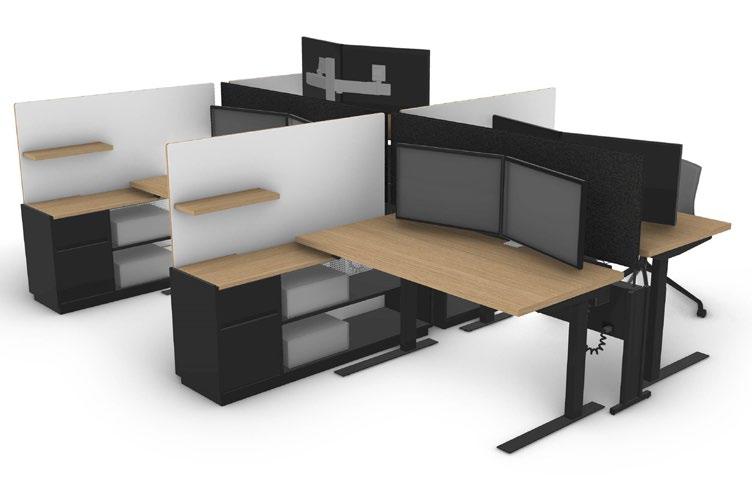
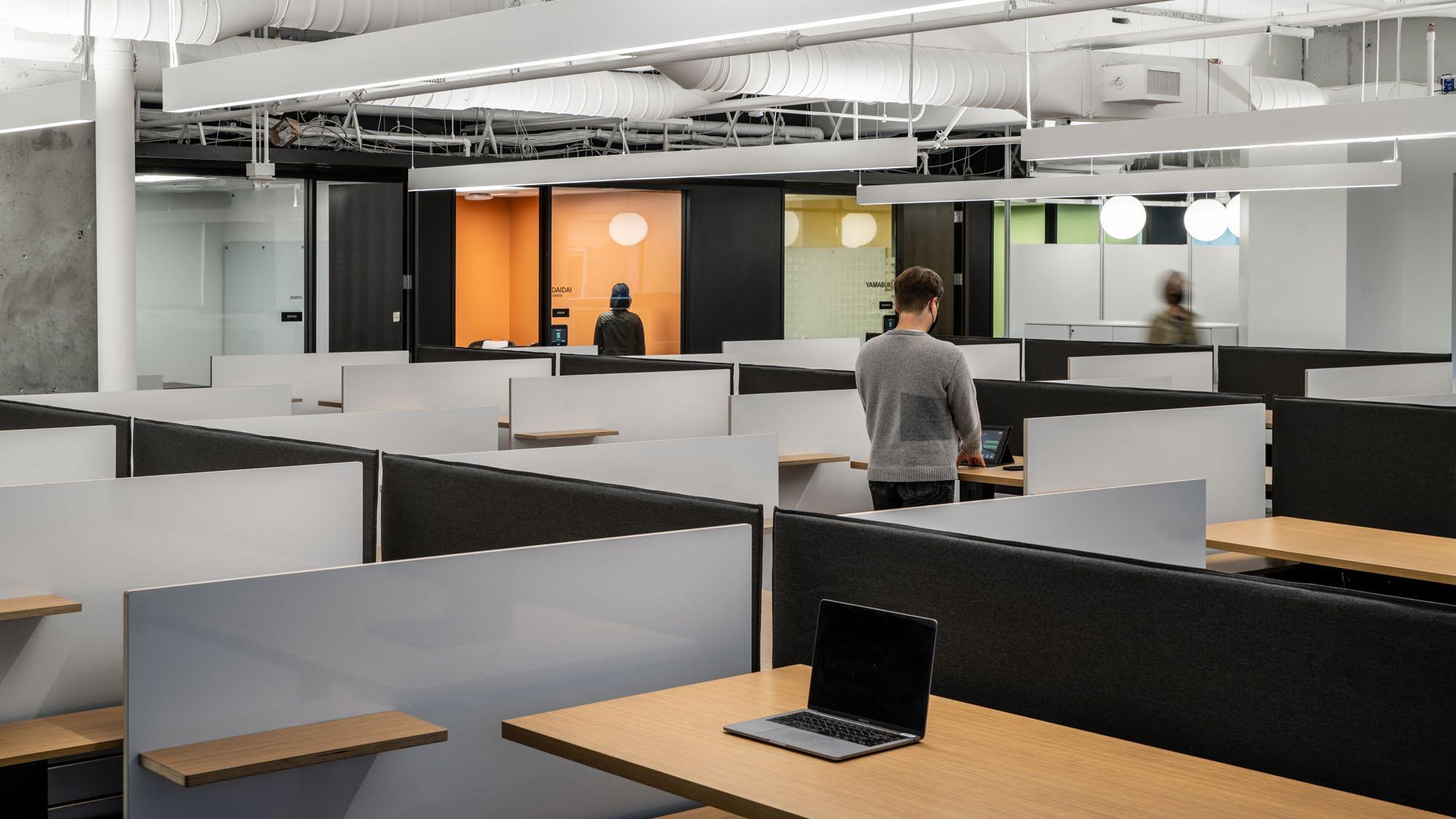
Dropbox HQ, 4000 USERS
Dropbox challenged us to take a different approach to the open plan for their HQ, a new build project with a headcount of 4,000 users.
We designed our desk solution with an integrated power beam and connection brackets to allow each desk to connect and form straight or curved runs. This custom solution allowed for flexible and varied workstation configurations.
The added cork walls and sheer curtains provided privacy and buffer acoustics—this unique design allowed for the workstations to integrate into Dropbox's brand identity and new global HQ. Collaboration and lounge areas were also strategically placed near workstations to promote active engagement.
